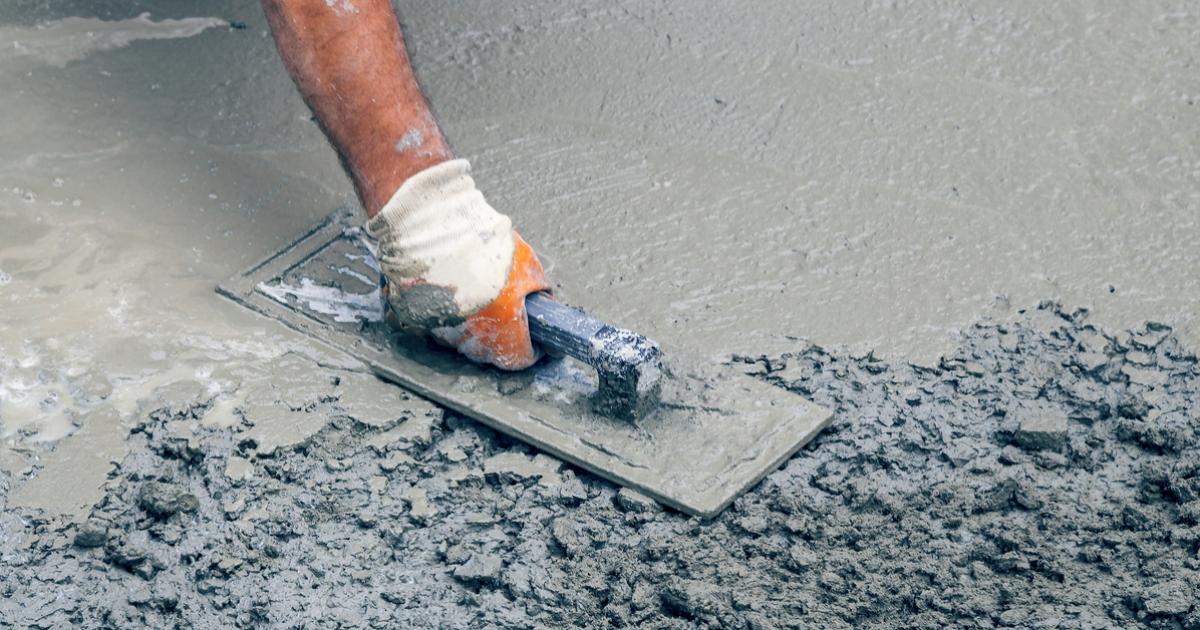
The Most Effective Way to Track Concrete Strength
Although numerous materials are available for use in construction, concrete is one of the most popular. It offers an array of benefits when compared to other options. It’s known for its longevity with structures lasting anywhere from 50 years to hundreds of years before breaking down. Concrete is also extremely versatile and affordable, making it the perfect material for many types of projects. On top of all that, it exhibits a strength other materials can’t beat.
Determining the True Strength of Concrete
While concrete offers significant strength, not all varieties of the material or structures made with it have the same levels of integrity. Several factors can affect its strength, thereby impacting its safety and longevity. Those include the way it’s mixed and poured as well as the heat and humidity it’s exposed to while curing.
Additionally, the environmental conditions concrete is exposed to over time can detract from its strength. Because of that, monitoring strength development in concrete is crucial. Take a look at the following common testing and tracking methods to determine concrete strength.
Using a Rebound Hammer

One of the most popular ways to test concrete strength is by using a rebound hammer. This tool is equipped with a spring. When the spring is released, the hammer mechanism hits the concrete. Its rebound distance is then used to measure the strength of the concrete.
This test is relatively easy to conduct, and it can accurately determine the compressive strength of concrete as well as certain other factors. This is also one of the least invasive testing methods. Still, reinforcements built into the concrete, underlying cavities, and other factors can affect the accuracy of the test.
Pull-Out Testing
Another common concrete testing method is the pull-out test. In this evaluation, a metal rod, disk, or other apparatus is either installed in the concrete or put into place during casting. Once the concrete dries, the device is pulled out. The amount of force required to remove the apparatus determines the strength of the concrete. Though this testing strategy can be used on both new and old structures, it’s also a bit destructive.
Core Sampling

It’s also possible to test the strength of concrete by using core samples from a structure. This entails drilling cylindrical samples of the concrete in question and performing compression tests on them. Several samples need to be taken from various areas of the structure to generate accurate results. This test is considered one of the most accurate and reliable options, but it’s also extremely invasive and requires damaging the concrete itself. That, in turn, may detract from its structural integrity.
Keeping Concrete Strong and Safe
Concrete is certainly one of the safest, strongest, and longest-lasting construction materials on the market. It’s also among the most versatile. Those are some of the primary reasons it’s so popular. Of course, it must be tested following construction and periodically over time to ensure it maintains its strength. Numerous testing methods can be used for this purpose, each of which has its benefits and drawbacks.
Many concrete testing methods are invasive. They can also leave behind damage that needs to be repaired. Still, that level of invasiveness is sometimes required to generate accurate results. Different testing methods can be used for different purposes and to fulfill the specific needs of everyone involved.




